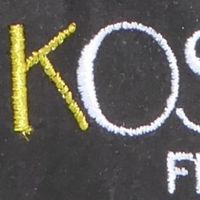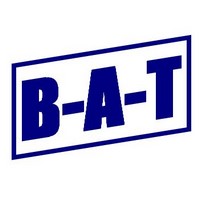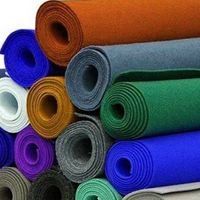Embroidery
Decorative fabric art which adds flat or 3-D designs made of threads using needle- or crochet work.

Decorative fabric art which adds flat or 3-D designs made of threads using needle- or crochet work.

Signed consent on a machine of a printed proof before serial printing. Also used to approve the blank shape mock-up before cutting.

Length of fabric wrapped around a tube.

Process of whitening textile fibers and eliminating all natural impurities at the time of textile finishing.
This is the most basic and ancient weave and the most sturdy/durable. The weft threads cross over and under each warp-thread. These fabrics have no front or back.
The weft-thread goes under a warp-thread, then above 3 others by offsetting by 1 thread each time, giving it its diagonal rib pattern on the front.
This is a particular weave without a visible weft because the crossing points between the warp and weft threads are hidden to provide a smooth, even and shiny aspect on the front and matte on the back.
Designates the type of weave, in other words the way the warp and weft threads are crossed. There are 3 basic weaving patterns: plain (canvas,) twill and satin.
Area – often large in size – dyed to one same and homogeneous color, without a weft, in order to obtain a uniform dye
This is the fabric finishing. It can make it smoother, waterproof, stain- or fire-resistant, shiny, etc.